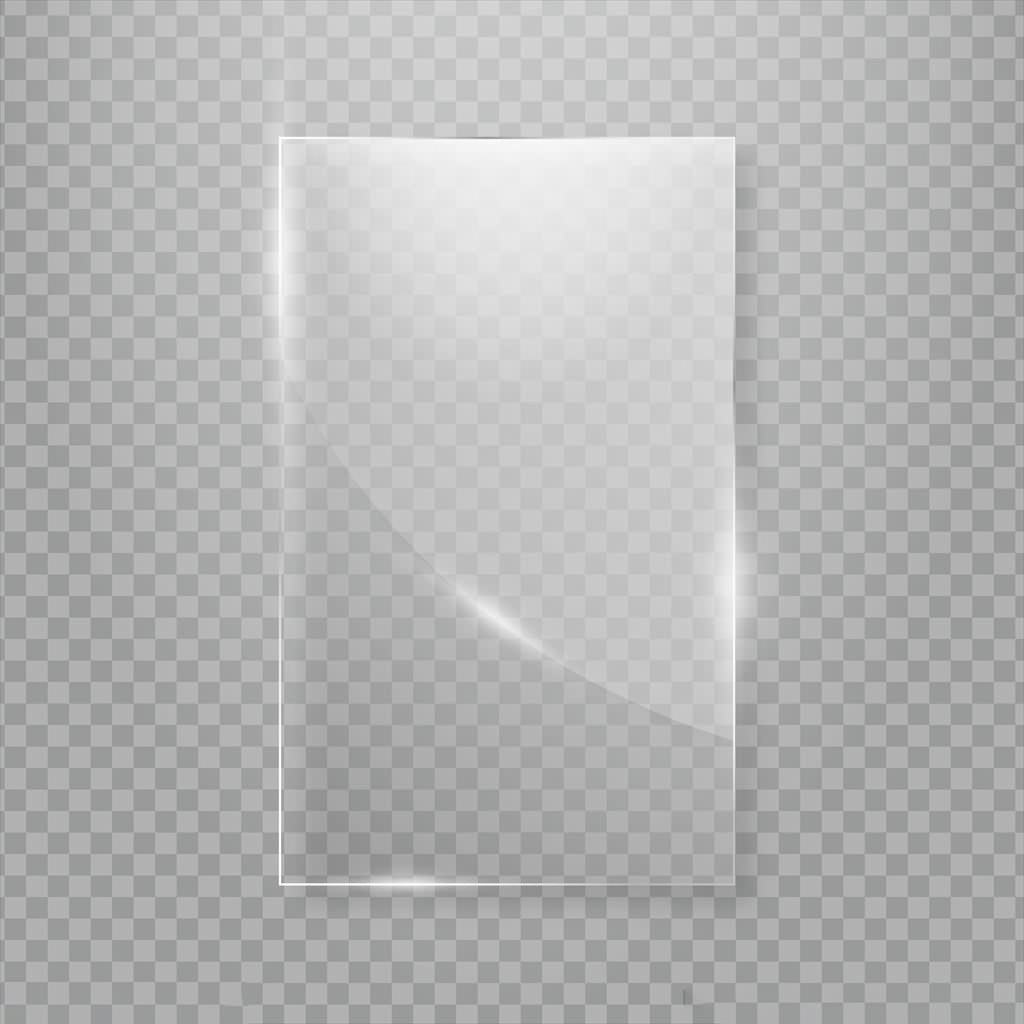Since the screen protector has been in its infancy, it has only been upgraded several times in a few short years. From the earliest PET material, the matte surface, the matte surface, etc., it has been gradually upgraded to tempered glass protection. Stickers, however, tempered glass stickers also seem to face the same problems as PET protectors: product confusion, uneven quality, price ridiculous….

Key factors determining the quality of glass protectors
There are two major categories of tempered glass sticking: one is the product itself, and the other is the use problem. From the product itself, whether the tempered glass sticker is fragile is analyzed from the raw materials and the production process.
1. Raw materials
Each glass protector is made from different brands of glass raw materials, and the glass strength between different raw materials will vary.
2, the production process
There are three main decisions to determine the quality of the glass protector:
1.CNC cutting
Cut the glass material into a shape suitable for the phone model
2. Arc edge polishing
Polish the edge of the straight tempered glass into a 2.5D arc
3. Tempering furnace tempering
In the high temperature furnace and potassium nitrate, the strength of the glass protector is increased, and the toughness is greatly increased. Even if the glass sticker is broken, it will not cause harm to people.
These three processes are the three most likely factors for glass protection stickers.
When the cutting or polishing process is not good, the edges may be cornered, causing the glass to burst easily. When the tempering time of the tempering furnace is insufficient, and the material used for potassium nitrate is not good, the strength and toughness will be lowered.
However, most of the defective products will be eliminated in the production process, but a small number of defective products are undetectable by the naked eye. When a small cockroach is used as a good product to enter the market, cracks will occur if used slightly.
Glass protector material
According to the classification of glass materials, it can be divided into soda-lime glass and alumino-silica glass. Soda-lime glass is the most common glass in our life. It is widely used in different industries. It is a glass with a long history and the process technology is quite sophisticated. The technical threshold is low, and many small glass factories can also produce soda-lime glass. However, the glass process technology of each factory is different, and there are different quality stability. Currently, the Japanese AGC and Schott of Germany are the main nano-calcium. Glass suppliers, although these two plants are not the cheapest, but the reason is nothing more than to ensure the stability of glass quality.
At present, Corning’s gorilla glass is made of aluminosilicate glass, mainly based on the addition of alumina and rare earth elements to soda-lime glass, and then exchanges sodium and potassium ions through special process technology to enhance its light transmission. Sex and toughness, due to the high threshold of process technology, the price of glass is much higher than that of soda lime glass.
Now the Dragontrail of Japan AGC and the Xensation Cover glass of Schott of Germany have been researched in recent years, and they have also introduced aluminum-silicon glass, which emphasizes high light transmittance and toughness, comparable to the Corning Gorilla glass grade, and future aluminum silicon. If the technology of glass is popularized by the general public, the price may gradually drop.
Degree of tempered glass protection
The longer the tempering time, the stronger the hardness and toughness, the tempering time is generally 3-6 hours, the best effect is more than 6 hours, and the critical time is 4 hours. Less than 4 hours cannot be called tempered glass. Commercially available inexpensive tempered glass protectors have a tempering time of less than 2 to 3 hours, and some even have only 1 hour, with almost no tempering effect.
There are two ways to produce tempered glass:
Physical tempering
After the glass is heated to a softening degree at a high temperature, the glass is rapidly cooled, and the glass surface is made more “tight” by the high temperature difference physical properties of the glass, so that the glass has a higher hardness than ordinary glass.
Chemical tempering
Most tempered glass protectors are currently used in this way. Immerse the glass in a high temperature chemically active metal salt solution, and exchange large radius ions with small radius ions (such as lithium ions) in the glass, followed by cooling, and the large radius ions exchanged on the surface will be pressed against the glass. Surface to achieve tempering effect.
Post time: Jan-23-2019
